The morning sun rises over Sigiriya, casting golden rays across the ancient fortress that towers above the misty jungle. A gentle breeze carries the aroma of Ceylon cinnamon and fresh tea leaves through the air. This is Sri Lanka – a jewel that has captivated travelers, traders, and adventurers for over two millennia.
When Marco Polo first laid eyes on this tropical paradise in the 13th century, he declared it “the finest island of its size in the world.” Arab traders wrote of its splendors in their ancient texts, while Chinese merchants spread tales of its riches across the East. But why do we call it the “Pearl of the Indian Ocean”? The answer lies not just in its metaphorical value, but in its very shape and history.
Viewed from above, Sri Lanka’s teardrop shape mirrors that of a perfect pearl suspended in the azure waters of the Indian Ocean. This poetic resemblance is complemented by the island’s history of actual pearl fisheries, where for centuries, divers braved the depths to harvest real pearls from its coastal waters. Let me take you on a journey that will reveal the many layers that make this island truly worthy of its glittering title.
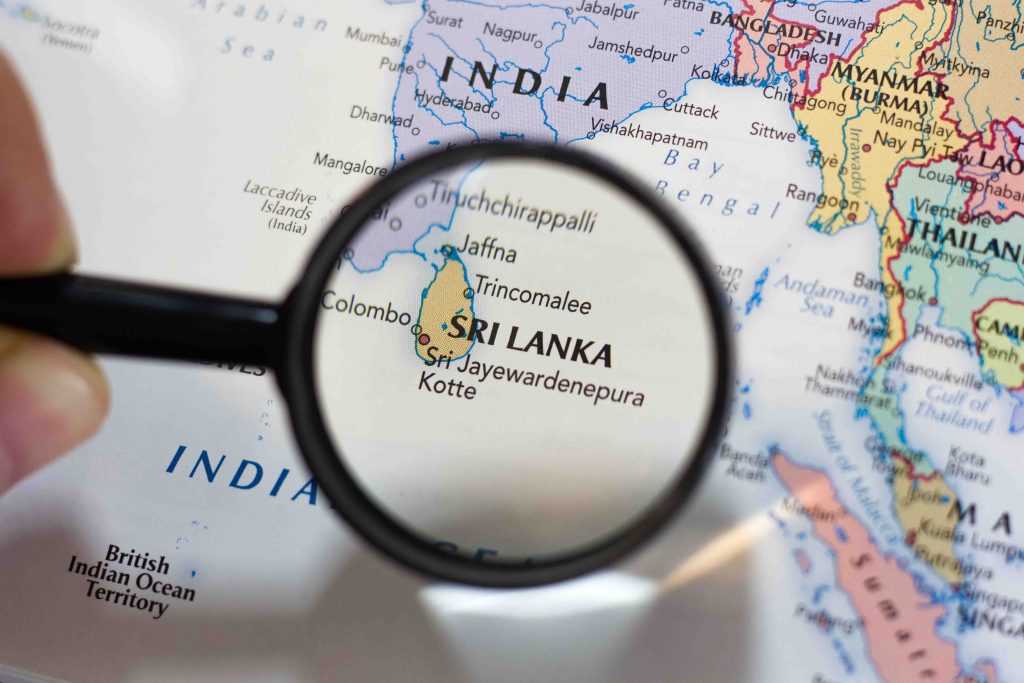
A Strategic Gem in Ancient Trade Routes
Imagine standing at the bustling port of Galle in the 15th century. Chinese junks laden with silk anchor alongside Arab dhows carrying exotic spices. Portuguese caravels and Dutch galleons dot the horizon. Sri Lanka’s position at the crossroads of ancient maritime trade routes made it more than just another island – it was the beating heart of Indian Ocean commerce.
The ancient maritime routes were designed such that every ship sailing between East and West would pass within eyesight of Sri Lanka. The island’s natural harbors provided essential shelter from fierce monsoons and offered crucial opportunities to replenish supplies. This remarkable strategic position made Sri Lanka as precious as any pearl in the ancient trading world.
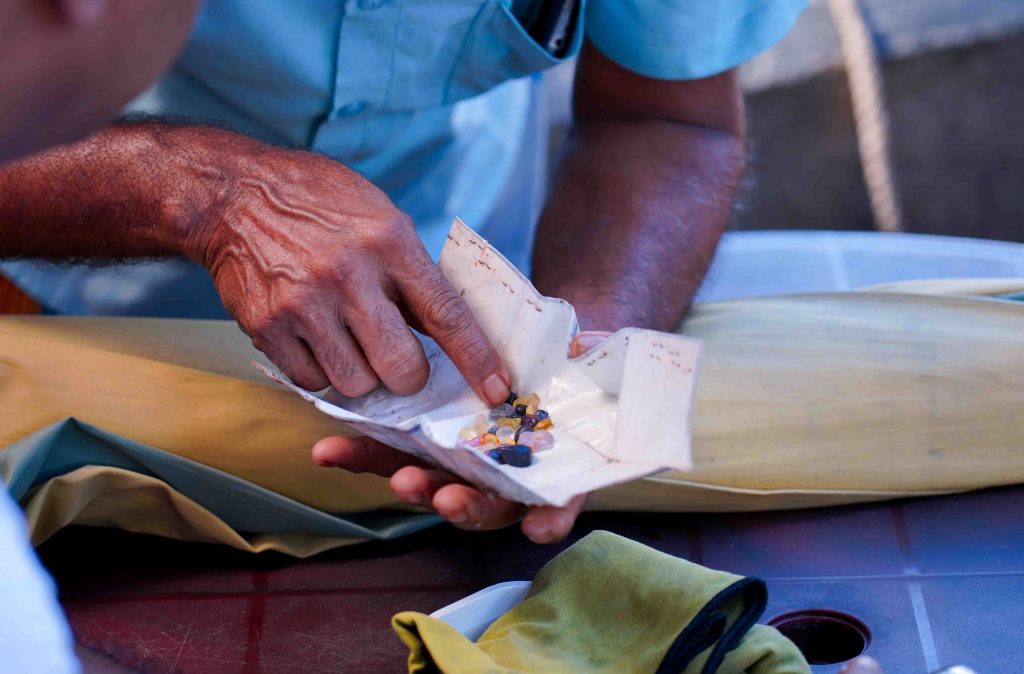
Nature’s Treasure Chest
But Sri Lanka’s pearl-like qualities extend far beyond its location. Like a perfect pearl with its many layers, the island unfolds in concentric rings of natural wonder:
- The coast presents golden beaches where sea turtles nest under swaying palms
- The lowlands reveal emerald rice paddies stretching to the horizon
- The hill country offers misty mountains cloaked in tea plantations
- The ancient cities tell tales of kingdoms lost to time
The island’s precious nature manifests in multiple ways. Not only was it famous for its pearl fisheries along the northern coasts, but it remains one of the world’s most prolific sources of precious gems. In Ratnapura (literally “City of Gems”), miners still discover sapphires, rubies, and other precious stones using techniques passed down through generations. Like a pearl with its many layers, each aspect of Sri Lanka – from its strategic location to its natural resources – adds to its value as the true jewel of the Indian Ocean.
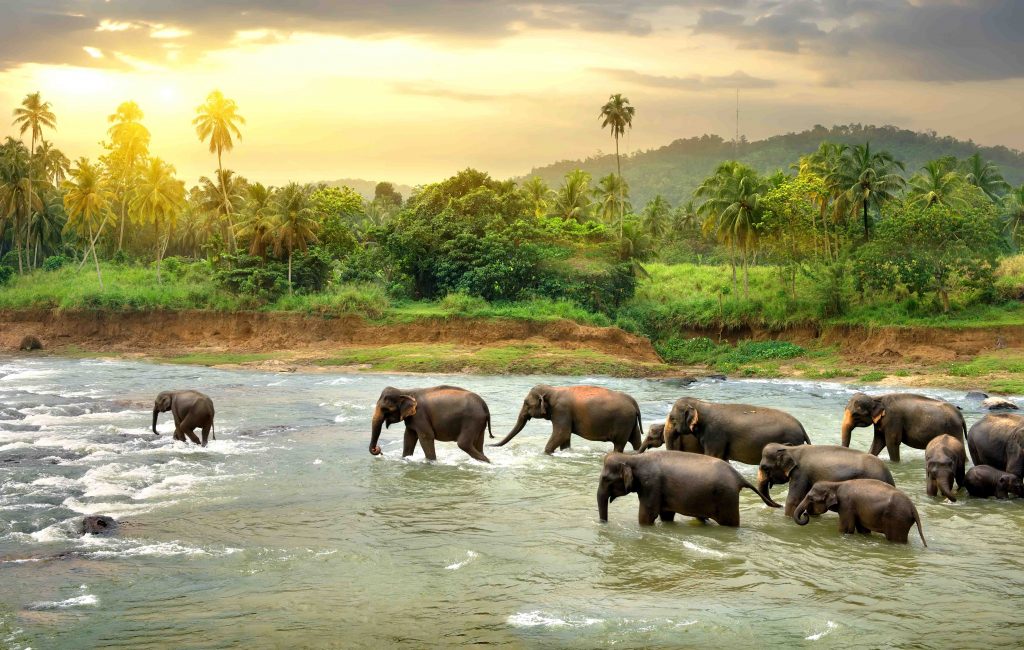
A Living Cultural Heritage
What truly makes Sri Lanka shine is its vibrant cultural tapestry. Buddhism, Hinduism, Islam, and Christianity have coexisted here for centuries, each adding its own distinct flavor to the island’s character. From the sacred Temple of the Tooth in Kandy to the colorful festivals that fill the calendar, Sri Lanka’s cultural heritage remains both authentic and accessible.
Take the ancient practice of Ayurveda, for example. The island’s traditional Ayurvedic healing methods have been preserved and practiced continuously for over 3,000 years. Today’s visitors can experience these authentic wellness traditions exactly as they’ve been practiced for generations, offering a living link to ancient wisdom.

Practical Tips for Exploring the Pearl
For those ready to discover Sri Lanka’s treasures, here are some insider tips:
- Learn a few basic Sinhala phrases – the warm smiles you’ll receive in return are priceless
- Visit during the shoulder season (April-June or September-November) for fewer crowds and better rates
- Start your day early to explore ancient sites before the tropical heat sets in
- Take the scenic train journey from Kandy to Ella – it’s considered one of the world’s most beautiful rail routes
- Stay in an eco-lodge to experience both luxury and sustainability
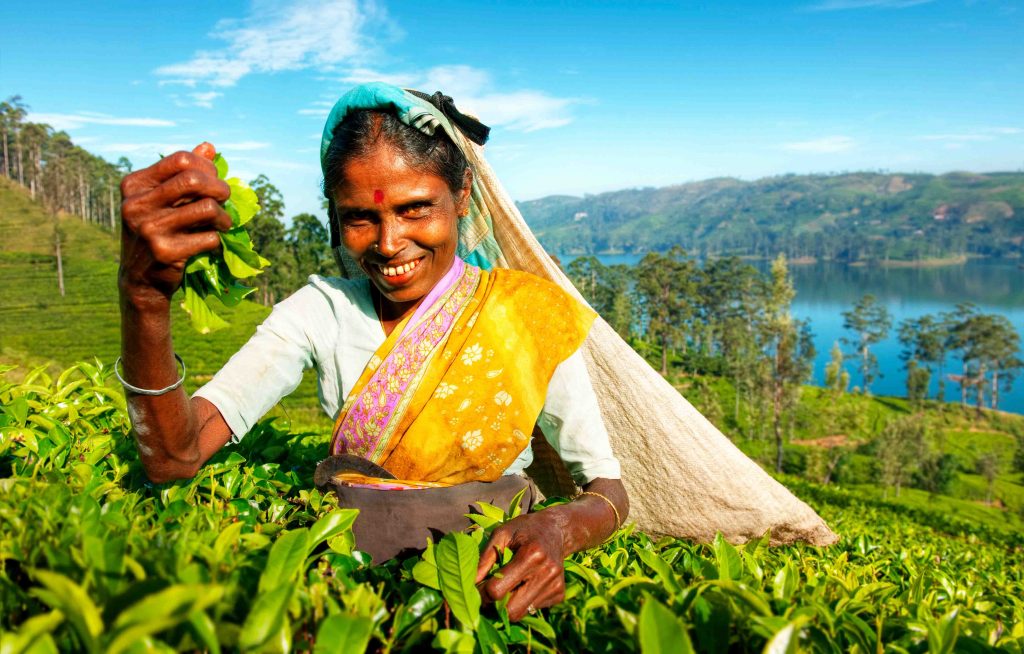
Like any precious gem, Sri Lanka’s natural and cultural treasures require protection. Today’s responsible tourism initiatives focus on preserving these wonders for future generations. Many properties, including our recommended partners, employ sustainable practices and support local communities.
Experience the Pearl of the Indian Ocean
As the sun sets over the Indian Ocean, painting the sky in hues of amber and rose, it’s easy to understand why Marco Polo declared Sri Lanka one of the finest islands in the world. Its strategic location made it precious, its natural beauty made it priceless, and its cultural heritage made it timeless.
Are you ready to discover why Sri Lanka truly deserves its title as the Pearl of the Indian Ocean? Let us craft a journey that combines ancient wonders with modern comfort, cultural immersion with natural beauty, and adventure with relaxation.
Contact us to start planning your Sri Lankan adventure. Our expert team will help you create memories that shine as brightly as the pearl you’re about to explore.
Remember to follow us on social media for daily doses of Sri Lankan inspiration.
Please drop us a note at: info@pearl-of-the-indian-ocean.com

